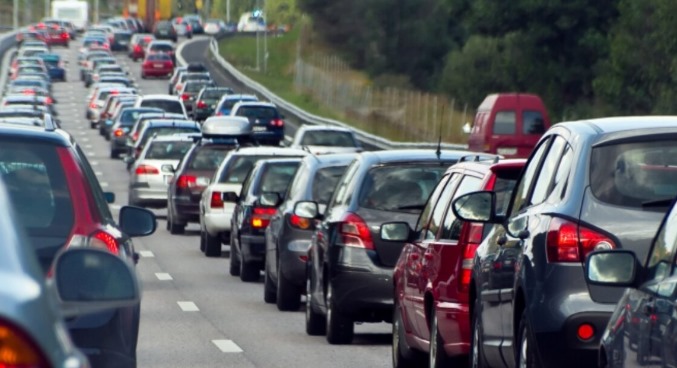Traffic Jam
Traffic jam is one of the most serious problems faced by people living in urban areas. It refers to the overcrowding of vehicles on roads, which leads to slow movement or complete stoppage of traffic. In big cities, traffic jams have become a daily issue, especially during office hours and school timings. This not only causes inconvenience but also wastes a lot of valuable time, energy, and fuel.
There are several reasons behind traffic jams. One major reason is the rapid increase in the number of vehicles, while the roads remain the same in size. Poor traffic management, illegal parking, roadside markets, and people not following traffic rules also contribute to the problem. In many areas, roads are narrow and not well-maintained, which makes it even harder for vehicles to move smoothly. During the rainy season, waterlogging adds to the issue.
The impact of traffic jams is not only limited to delays. It also causes increased air and noise pollution due to the constant honking and emission of smoke from vehicles stuck in traffic for long periods. It affects the mental and physical health of people, making them tired and frustrated. Emergency services like ambulances and fire trucks also get delayed, which can even cost lives.
To reduce traffic jams, the government should improve public transportation so that fewer people depend on private vehicles. Roads should be widened where possible, and proper traffic signals must be installed and maintained. Citizens also have a big role to play by following traffic rules and avoiding unnecessary use of vehicles.
In conclusion, traffic jams are a growing problem that affects everyone. With better planning, awareness, and cooperation from both authorities and the public, this issue can be controlled to a great extent.




